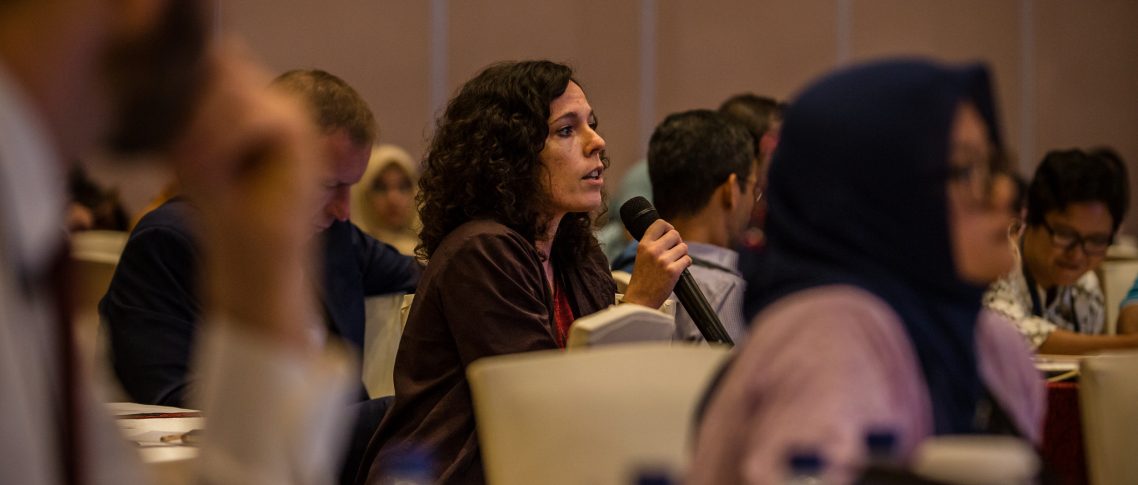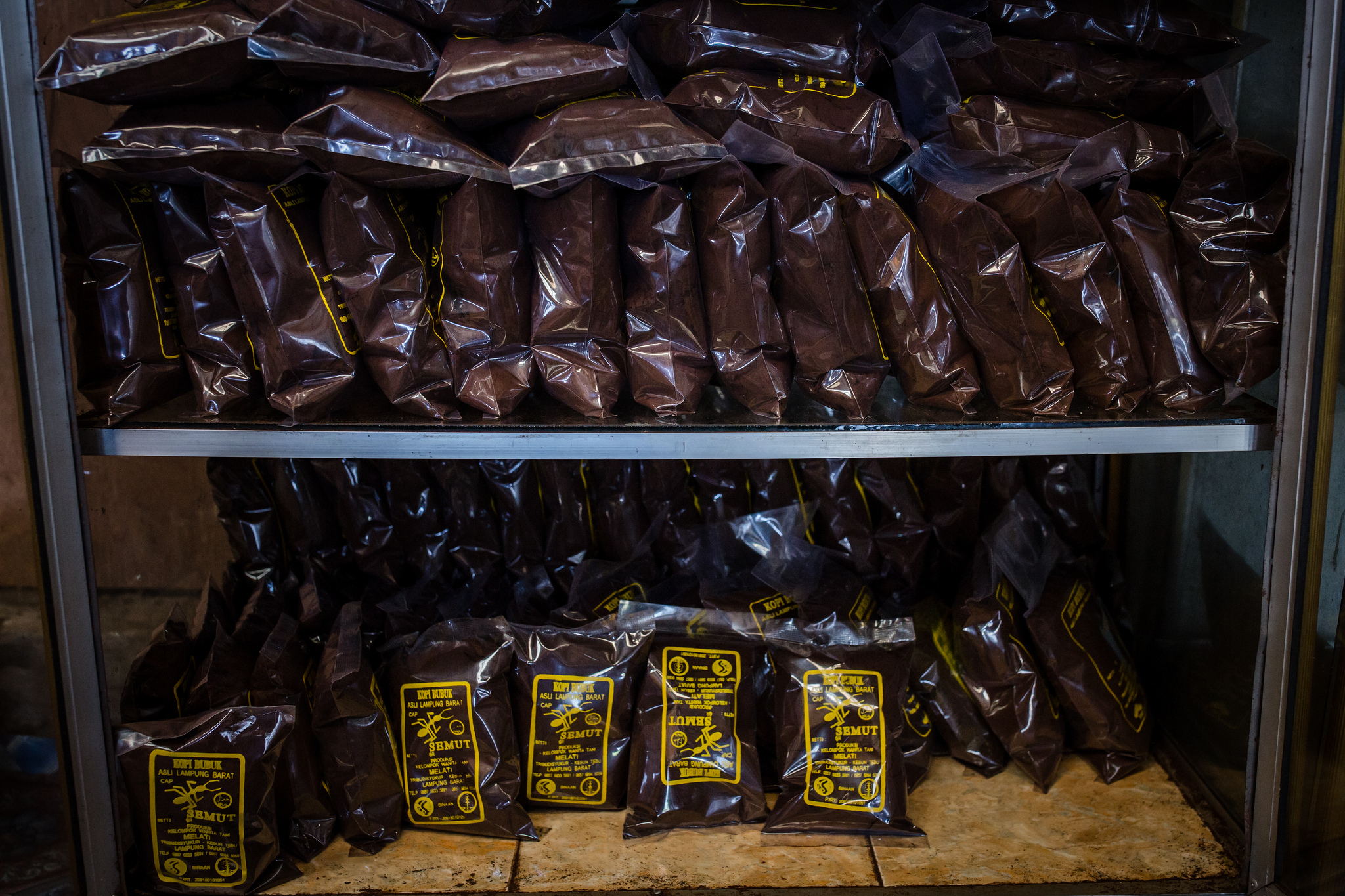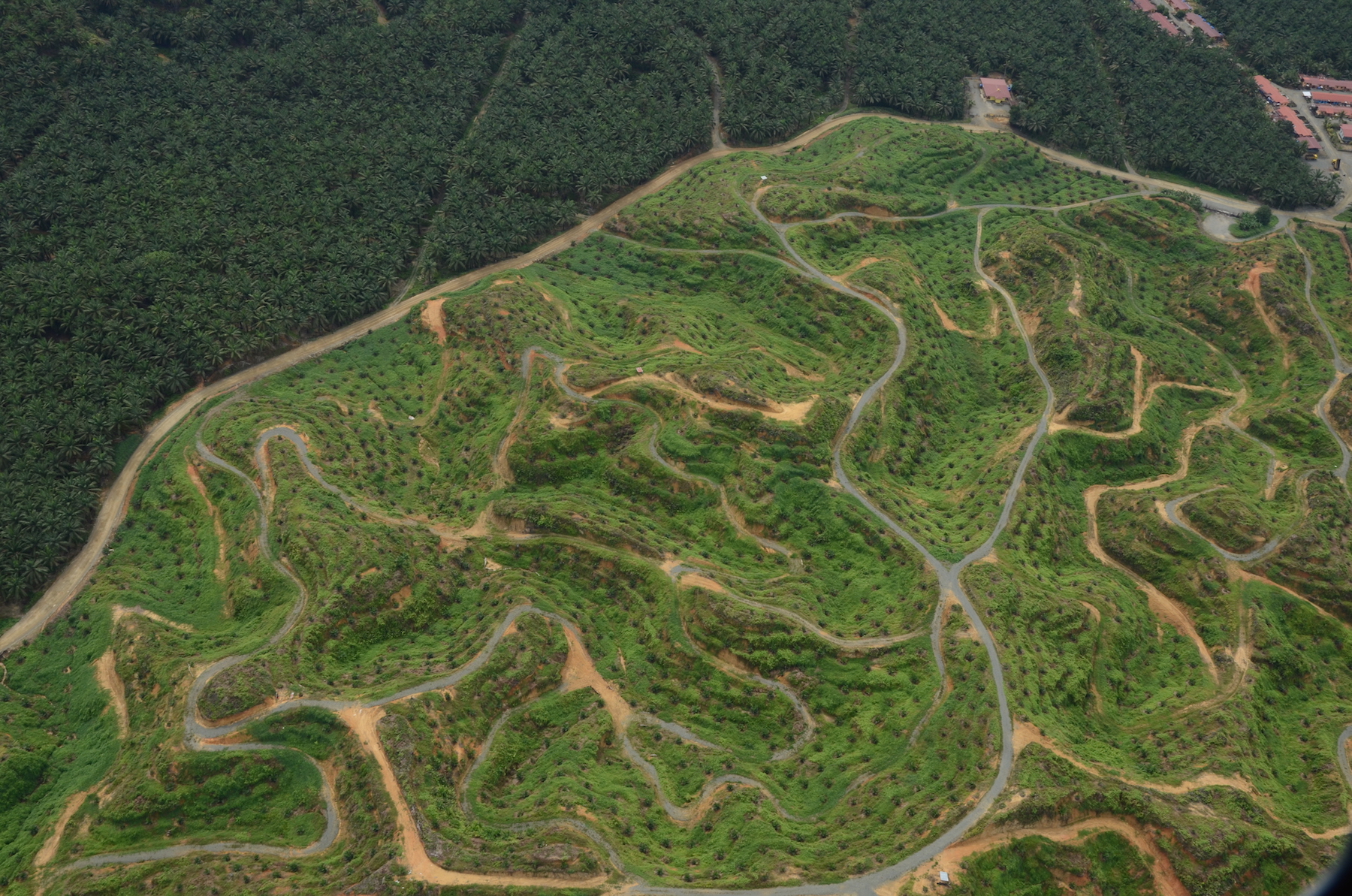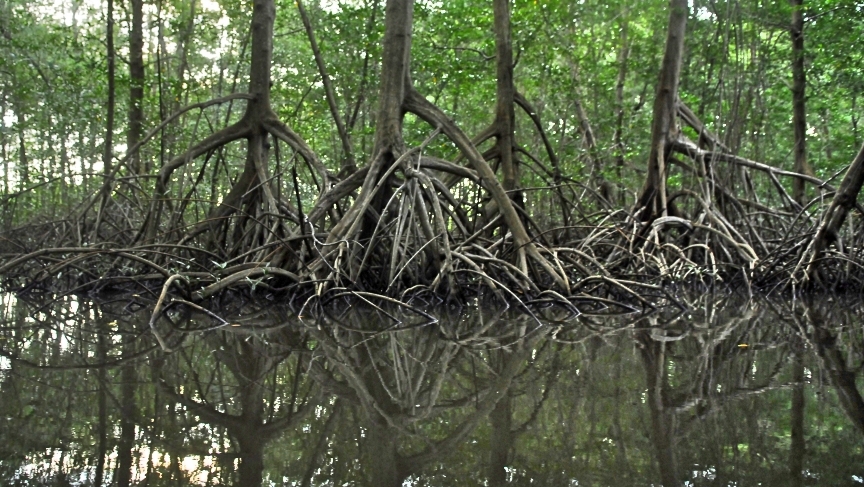Asia-Pacific is the fastest growing region on earth, home to the world’s three largest cities.
Yet it also contains 740 million hectares of forests, accounting for 26% of the region’s land area and 18% of forest cover globally. More than 450 million people depend on these forests for their livelihoods.
Through the theme “Protecting forests and people, supporting economic growth,” the third Asia-Pacific Rainforest Summit (APRS) examined how the region’s economic and social development can better integrate with climate change and carbon emissions reduction goals.
Following the first APRS held in Sydney in 2014 and the second in Brunei Darussalam in 2016, this year’s was the largest yet, held in the Javanese cultural center of Yogyakarta, Indonesia. From 23–25 April more than 1,200 representatives from academia, civil society, business, government and research institutions gathered for panels, discussions, workshops and field trips.
Regional leaders formed the Asia-Pacific Rainforest Partnership (APRP) and its biannual Summit to help realize the global goal of ending rainforest loss by 2030, as well as reduce poverty through the Sustainable Development Goals (SDGs), carbon emissions through REDD+, and climate change through the Paris Agreement – as discussed in the Summit’s first day of high-level panels.
“Since the summit in Brunei, I am happy to see substantial progress on REDD+ both regionally and globally,” said Australian Minister for the Environment and Energy Josh Frydenberg in the opening ceremony.
“We need to maintain this momentum and step up the pace of change if we are going to protect our forests and our people while securing economic growth.”
As the host country – supported the Australian Government and the Center for International Forestry Research (CIFOR) – Indonesia highlighted its recent environmental achievements.
“In the last three years, we have managed to reduce the [annual] deforestation rate from 1.09 million hectares to 610,000 hectares, and 480,000 million hectares in 2017,” said Indonesian Minister of Environment and Forestry Siti Nurbaya.
“We realize that forests are a major contributor to carbon emissions, mainly due to forest fires – especially in peatlands. Forests represent 18% of our national emissions reduction targets and are expected to contribute to over half of our [Paris Agreement] targets.”
Minister Nurbaya also pointed to community and social forestry as a major theme of the Summit. Indonesia has set a target to allocate some 12.7 million hectares of land for use by communities partaking in five social forestry schemes. Nurbaya said she hopes other countries are similarly prioritizing community-based forestry management.
Community forestry was one of the sub-themes highlighted in the second day’s expert panels, alongside restoration and sustainable management of peatlands, mangroves and blue carbon, ecotourism and conservation of biodiversity, production forests, and forest finance, investment and trade. Issues in focus are detailed below.
We need to maintain this momentum and step up the pace of change if we are going to protect our forests and our people while securing economic growth
PRIVATE FINANCE
Speakers throughout the Summit echoed the need for increased private-sector support for reducing greenhouse gas emissions – and policies that help enable this.
Companies need more incentives – and assurance of profitability – if they are to balance their business activities with ecological protection and support to local communities. Similarly, there needs to be proof of returns in order to increase private investment in environmental efforts.
The commitment of USD 500 million by the Green Climate Fund (GCF) was highlighted as a best-practice example. Announced in May 2017, the pledge is now being used to back select business proposals that creatively address climate change.
Juan Chang, a GCF senior specialist in forest and land use and panel speaker at the Summit, said the Fund’s forestry and land use portfolio of 10 funded projects around the world so far includes 2 REDD+ projects.
Within GCF’s portfolio as a whole, around a third of its USD 3.7 billion goes to projects in the Asia-Pacific region.

REDD+ AND FORESTS
This year’s APRS comes roughly a decade after the UNFCCC COP13 in Bali gave birth to REDD (reducing emissions from deforestation and forest degradation), an initiative that – much as its name says – seeks to lower global carbon emissions by preserving tropical forests.
As its goals broadened to give more attention to sustainable forest management and carbon stocks, REDD became REDD+, which now has numerous development and research projects running throughout the region.
Around 2 billion hectares of Asia-Pacific forests are degraded, and research experts expressed that production forests – such as those used for bioenergy – hold new opportunities for REDD+ implementation.
Contrasting this, however, was the difficulty some countries’ delegates said they’re facing in setting the many pieces in place required to uphold such a detailed effort as REDD+.
While Indonesia and Papua New Guinea now have much of the REDD+ architecture up and running, both countries have met roadblocks in implementing emissions measurement, reporting and verification (MRV) systems as well as results-based payments mechanisms.
Emma Rachmawaty, Director of Climate Change at Indonesia’s Ministry of Environment and Forestry, said, “We are in the process of establishing a financial institution to manage financing for REDD+. [Until then] we cannot implement results-based payments for REDD+.”
Danae Maniatis from the United Nations Development Programme (UNDP) analogized REDD+ framework construction with that of a building.
“Pillars for REDD+ need to be really strong at the readiness phase,” she said. “If you have a house that has a roof but nothing else, would you use it? No. You need it to be functional. So, the challenge that we face is: how do you take these elements and make them functional?”
NEW WAYS TO MITIGATE CLIMATE CHANGE
Mangroves and blue carbon – carbon captured and stored in oceans and coastal areas – have been hot topics of late.
“There is one ecosystem that has been close to my heart for a long time, that encompasses all the issues you can think of for forests: peatlands and mangroves,” said CIFOR Director General Dr. Robert Nasi.
“Although they represent a small percentage of forests, they are probably the richest and most carbon-rich ecosystems in the world – and the most threatened. I can only encourage and commend Indonesia for all the efforts they’re doing in terms of restoring and rehabilitating peatlands and mangroves.”
Comparatively little research has been done on these ecosystems so far. But the vast carbon sinks of Indonesia’s mangroves – the largest in the world, spanning 3.5 million hectares – have begun to make their way onto the archipelago’s national agenda, potentially contributing to the country’s commitments to the Paris Agreement and becoming grounds for financial support to local communities through payment for ecosystem services (PES).
Another way to link local communities to financial institutions and global markets? Ecotourism – responsible recreational activities that encourage conservation and preserve biodiversity.
Panelists called for philanthropic foundations and development organizations to give this growing sector more attention. In the realm of sustainable development business ventures, ecotourism is an on-the-ground way to aid land rehabilitation and biodiversity conservation while still turning a profit – however small that profit may be.
This echoed Dr. Nasi’s opening ceremony statement that the Asia-Pacific region is “a region of superlatives and a region of many contrasts,” with a vast array of businesses, landscapes, socioeconomic levels and governments.
Yet, everyone attending the summit “comes together for one reason: because forests matter.”
We want you to share Forests News content, which is licensed under Creative Commons Attribution-NonCommercial-ShareAlike 4.0 International (CC BY-NC-SA 4.0). This means you are free to redistribute our material for non-commercial purposes. All we ask is that you give Forests News appropriate credit and link to the original Forests News content, indicate if changes were made, and distribute your contributions under the same Creative Commons license. You must notify Forests News if you repost, reprint or reuse our materials by contacting forestsnews@cifor-icraf.org.


